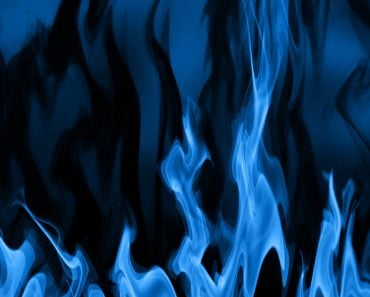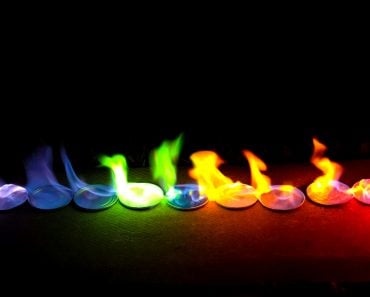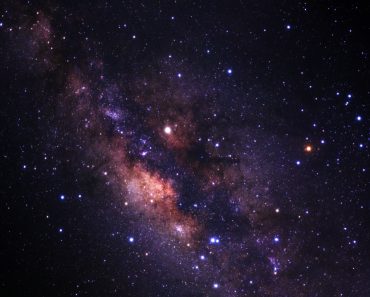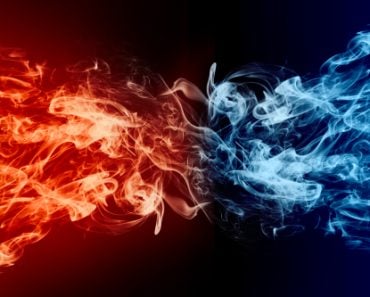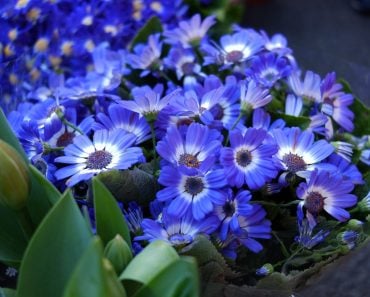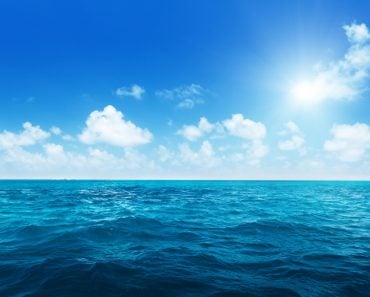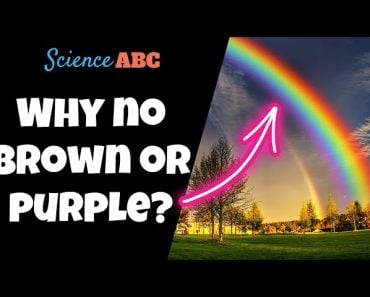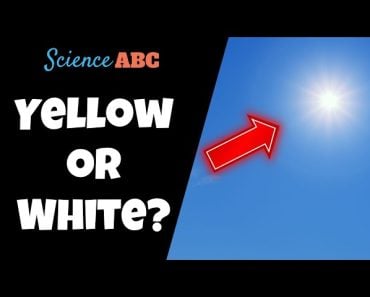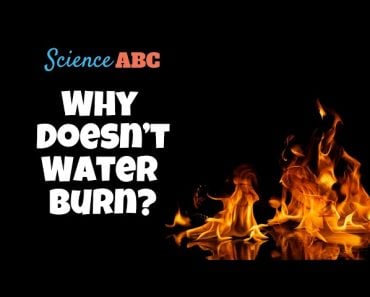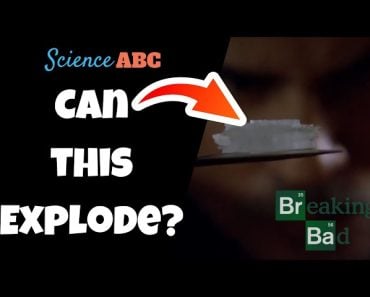Blue firework are more difficult to create compared to other colors due to the weird chemistry that comes into play at higher temperatures. The instability of compounds that impart that blue color in fireworks is the culprit.
Fireworks are beautiful and add vibrant colors to celebrations, whether a grand event or a casual get-together. Fireworks light up the sky with bursts of colors such as white, gold, red, emerald, yellow, and pink.
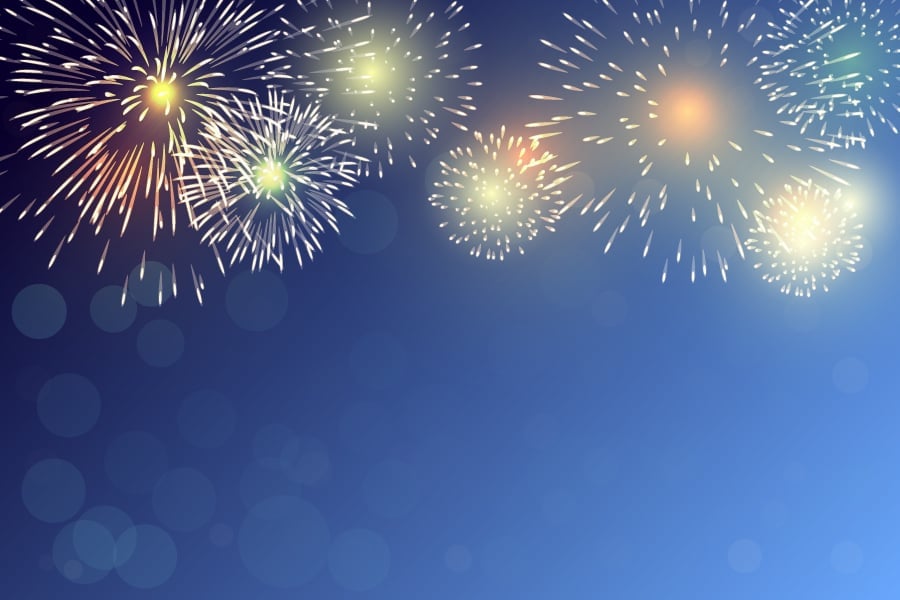
However, have you ever noticed that blue is rare in fireworks displays? Why is it challenging to produce blue fireworks?
Recommended Video for you:
History Of Fireworks: Blue Was Always Elusive!
Humans invented fireworks for a particular reason and have a fascinating history behind them.
The Chinese were the first to make fireworks as early as 200 BC, but they were designed to scare away evil spirits with loud noise and bright lights rather than for celebration. The invention and use of fireworks occurred quite serendipitously, and it took more than a millennium for fireworks to be used to celebrate.
The original fireworks in China were very loud and not as tightly controlled as today’s fireworks.
In the seventeenth century, Italians figured out that bright colors like red, yellow, or white could be created by adding certain chemicals to the fireworks. Since then, pyrotechnicians worldwide have been trying to create “blue” fireworks effectively but haven’t succeeded.
The director of the American Pyrotechnics Association, John Conkling, says that blue is very difficult to achieve compared to colors like red, orange, white, or yellow due to the weird chemistry that comes into play at higher temperatures. The culprit is the instability of compounds that impart that blue color to fireworks. To fully understand that, we need to understand how fireworks function.
Science Of Fireworks
Most fireworks we see contain five components: fuel, coloring agent, glue, fuse, and pellet.
The fuel in fireworks, often gunpowder, is just the show’s beginning. The real magic happens with the coloring agent, a chemical compound that determines the hue of the explosion. These agents, typically metal salts, offer a vibrant palette of colors.
Sodium salts paint the sky yellow, strontium salts ignite a fiery red, aluminum salts cast a cool gray, barium salts create a lush green, and copper salts (in theory) produce a mesmerizing blue!
Gunpowder with the coloring chemicals is held together by applying special pyro glue. A fuse is the pyrotechnic-initiating string, the part with which you ignite the firecracker. These elements are finally encased in a pellet, which we use as firecrackers!
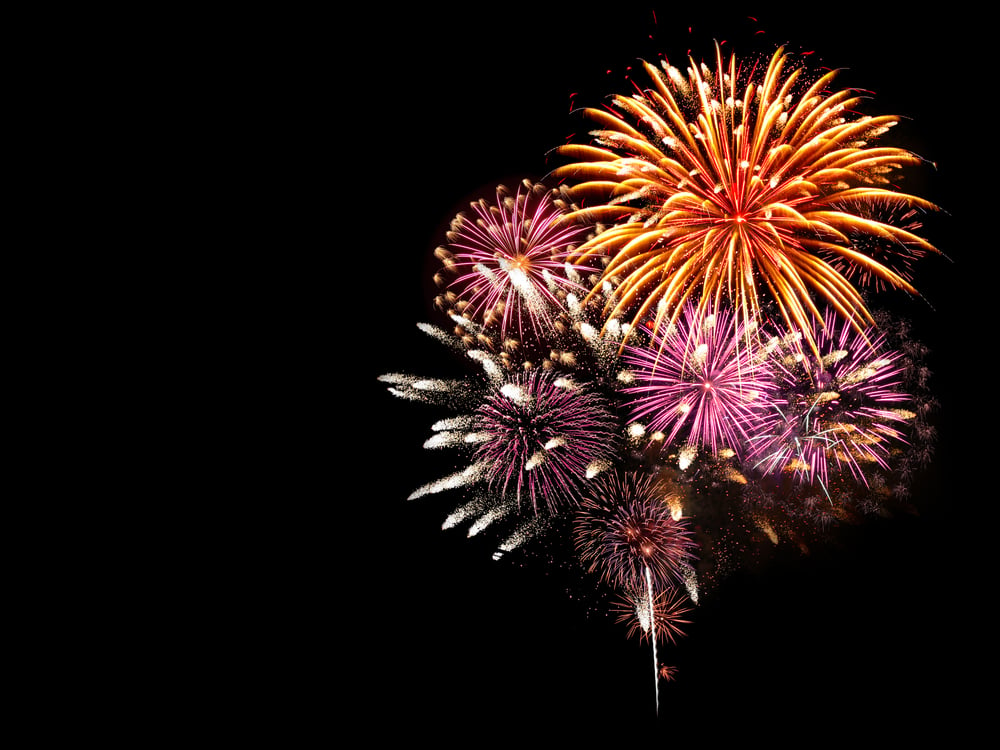
Imagine this: You light the fuse of a firework and shoot it into the sky. As the fuse burns, it ignites the gunpowder, triggering a spectacular explosion. This blast heats the metal salts, causing them to emit light, and voila! You’re treated to a breathtaking display of shimmering, colorful fireworks.
It turns out that the hotter you can get color-producing chemicals in the flame, the greater the emission in the form of light. In other words, it will result in brighter colors.
But there’s a problem…
Problem With Copper Chloride (Salt Which Imparts ‘Blue’ Color)
If the temperature surrounding fireworks gets too hot, it can cause the color-producing chemicals to break down and wash out their colors.
Different coloring chemicals have different resilience levels. For instance, Strontium chloride, which produces red color in fireworks, can withstand temperatures up to 1500 degrees Fahrenheit.
On the other hand, copper chloride, which is used to create blue fireworks, is far more delicate. It starts to break down and fade at around 1000 degrees Fahrenheit to impart the blue color.
To resolve this issue, pyrotechnicians must add more chemicals to copper chloride to increase its resilience and retain its blue color without fading. Despite centuries of work in this direction, we have not yet found a suitable solution to this problem.
Although some alternatives have been discovered, they are either too costly or too dangerous to be used in fireworks. For example, arsenic was used in some fireworks to produce a blue color in the past. Still, it was discovered that it was too poisonous to be used in firecrackers, and manufacturers stopped using it.
Blue Sky In Contrast To The Background
Producing blue fireworks is challenging because the sky in the early evening is also blue, making many shades of blue difficult to distinguish from the background. Higher temperatures are required to make them more visible, but this causes the bright blue color to be washed out, as explained previously.
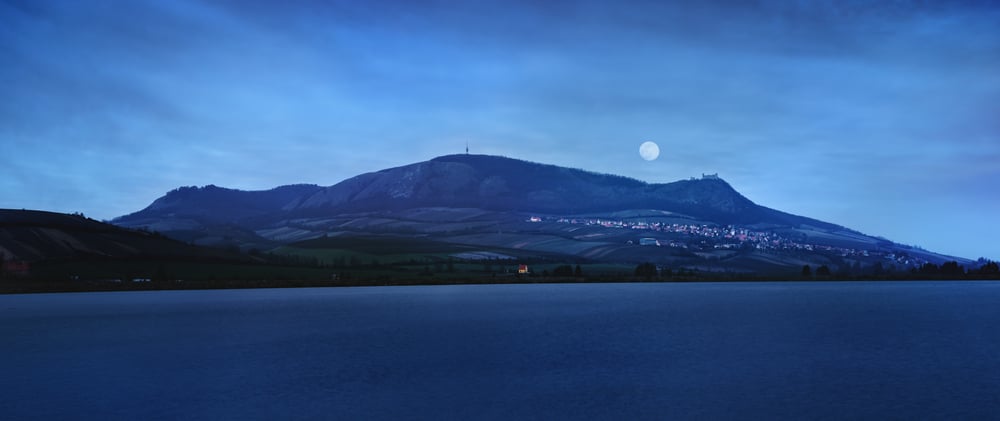
A Final Word
Blue is a fascinating color that is hard to find in nature. Despite this, it is one of the most popular colors.
While we have not yet been able to create bright blue fireworks, pyrotechnics expert John Conkling is hopeful. There are ongoing studies to find a safe chemical that can impart blue color to fireworks.
This may lead to a breakthrough in the future, and perhaps one day, we will have sparkling blue, red, and white fireworks for Independence Day.
Last Updated By: Ashish Tiwari
References (click to expand)
- The Evolution of Fireworks.
- Sterba, J. H., Steinhauser, G., & Grass, F. (2012, August 2). Illicit utilization of arsenic compounds in pyrotechnics? An analysis of the suspended particle emission during Vienna’s New Year fireworks. Journal of Radioanalytical and Nuclear Chemistry. Springer Science and Business Media LLC.
- Pyrotechnics.
- Sabatini, J. J. (2017, October 5). A Review of Illuminating Pyrotechnics. Propellants, Explosives, Pyrotechnics. Wiley.


